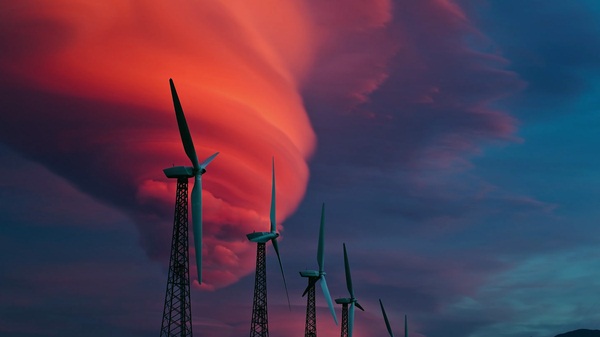
Creating energy, or finding new ways to harvest it, is becoming more and more difficult as time goes by. Coal that was used to power ships and trains has now been replaced with diesel fuel and electricity. Cheaper and more efficient electricity has always been the name of the game. Coal replaced wood, renewable energy sources are replacing oil… anything that is more effective boosts the charts at the end of the ledger. Money chases after efficiency, and inefficiency is suppressed by market forces. But what are the ‘more efficient’ ways to provide stable, quality power? Let us begin…
Image Source: Shutterstock – An image of solar panels.
Solar: Man has always looked up to the sky, pondering the unseen. Some of them mapped the stars, while some found a more useful way of utilizing its enormous amounts of energy coming from the sun. Thus, the idea of harnessing this power was born. Since the late 1960’s, the technology has been around to enable us to create solar cells. These huge, dark cells concentrate the sunlight and convert it into energy. This is done in various ways depending on whether the person wants to create electricity to power a home, or simply looking for warm water to fill their tub. Solar equipment supplies cost more than customary energy equipment and it takes numerous years of utilization to see those expenditures pay off. In spite of the cost, solar power is one possible approach to supplying controlled power in urban areas. In the country, where the expense of running lines is inflated, sun-based power becomes the best option for generating electricity.
Image Source: Google Image – The Craig Goch Dam, often called the Top dam, is a masonry dam in the Elan Valley of Wales and creates the upper-most of the Elan Valley Reservoirs. Construction on the dam began in 1897 and was completed in 1904.
With hydroelectric power, energy is produced via water running through a series of propeller-like gates, called turbines. The water makes theses turbines spin, the turbines are connected to a generator which results in electricity.
However, power generated this way depends on controlling a stream of water, for example, a steady supply coming from a dam. This power source has many great advantages: it goes without saying that it is renewable, water controlled generators do not create ‘outflows’, and the water stream controlled inside the hydroelectric plant decides the measure of power created, so power can be given as required. Around twenty percent of the world’s power originates from this source. Major countries that produce hydroelectric power include: Norway, Russia, China, Canada, the United States, and Brazil.
Image Source: Google Image – Artwork of sugarcane plantation; cane is used for biomass energy.
Biomass: The term ‘biomass’ describes any plant waste, wood waste, agricultural waste or landfill squanders, in addition to certain harvests utilized as a fuel. These squanders originate from commercial enterprises, for example, stumbling, building, paper, crops waste and even waste from metropolitan landfills and the methane gas made in these landfills. Moreover, certain grasses can be developed for ‘aging’ into biofuels.
Despite the fact that it produces carbon dioxide, biomass fuel is thought to be carbon neutral. The fossil fuels used in making biomass energy discharge CO2, adding a heap of it to the environment. However, The CO2 discharged when biomass burns is taken up by the plants themselves. In any case, fossil fuels are still utilized in the production of biomass fuel – from controlling the farming gear to powering the log trucks, and in different processes in between. Right now, biomass fuel is not really carbon impartial although it does diminish general CO2 emissions.
Image Source: Google Image – Wind turbines with Nimbostratus (Ns) in the back ground.
Little windmills were the most common thing around the globe, up until steam motors and later power equipment replaced them. However, enthusiasm for huge wind turbines expanded with the oil crises of the 1970’s. By the 1980’s, ‘wind farms’ started to dab fields everywhere throughout the world. India and China, being at the cutting edge of the technology, are the leading users of wind generated power. Others include: Germany, the United States, Denmark and Spain.
The massive propellers of wind turbines create power when the wind gushes through the extensive, razor sharp edges. The propellers are joined to a generator, creating power. Large ‘wind farms’ can meet a utility’s essential power needs. Smaller ‘wind ranches’ and single windmills can power homes, satellite dishes, and water pumps, but its case is as similar as with solar power; assembling a wind farm obliges a substantial investment that will not fill pockets quickly.
Image Source: Google Image – An aerial view of Grand Prismatic Spring in Yellowstone National Park, Wyoming. The vivid colors in the spring are the result of pigmented bacteria in microbial mats that grow around the edges of the mineral rich water.
Geothermal energy takes common peculiarities, like hot springs and steam vents, and uses them to deliver power or supply an area with boiling hot water. ‘Geothermal force plants’ send the steam that reaches the Earth’s surface to turbines. The turbines turn, again attached to generators, generating power. This way of producing energy is not widely used. The primary steam-based geothermal power plant was opened in Larderello, Italy, in 1904. The very same plant is still in operation today.
Furthermore, the United States, Iceland, the Philippines, El Salvador, Russia, Kenya, and Tibet are among the 24 nations that utilized 8,900 megawatts of power created by geothermal power plants in 2005. As stated previously, direct geothermal warming uses boiling water at the surface of the Earth, for example, to heat homes and different structures. More than 16,000 megawatts of energy was generated from direct geothermal sources in 2005, in 72 nations.
Image Source: Wikipedia – Artist’s concept of Solar Power Satellite in place. Shown is the assembly of a microwave transmission antenna. The solar power satellite was to be located in a geosynchronous orbit, 36,000 miles above the Earth’s surface. -NASA, 1976
As you can see, scientists have long studied various sorts of renewable energy. One other proposed technique that I would like to give a quick mention to is getting solar energy from specially designed satellites orbiting in space. Sunlight-based satellites would gather the sun’s rays, convert them into power and beam the power to Earth. This idea has been examined for more than 30 years now but the expenses to accomplish the task, and the accessibility of other renewable energy sources, has held back any advances in this area.
SOURCES:
http://www.harbortaxgroup.com/wp-content/uploads/2014/07/REN21_GSR_2010_full_revised-Sept2010.pdf
http://www.unep.org/pdf/72_Glob_Sust_Energy_Inv_Report_(2007).pdf
http://www.hubbertpeak.com/hubbert/1956/1956.pdf
http://www.ewea.org/fileadmin/ewea_documents/documents/publications/WETF/Facts_Summary.pdf
http://www.webcitation.org/63fIHKr1S
http://resourcespace.icrisat.ac.in/filestore/8/4/0_6c06c9b61b19c20/840_be710da94740b90.pdf
http://fs-unep-centre.org/publications/global-trends-renewable-energy-investment-2011
http://www.map.ren21.net/GSR/GSR2012.pdf
http://www.greentechmedia.com/articles/read/deutsche-bank-predicts-second-solar-gold-rush
http://reneweconomy.com.au/2014/citigroup-outlook-global-solar-getting-brighter-51347
http://www.pvresources.com/PVPowerPlants/Top50.aspx
http://www.intpowertechcorp.com/ASME-IMECE-12-87097-FINAL-30Jul12-C.pdf


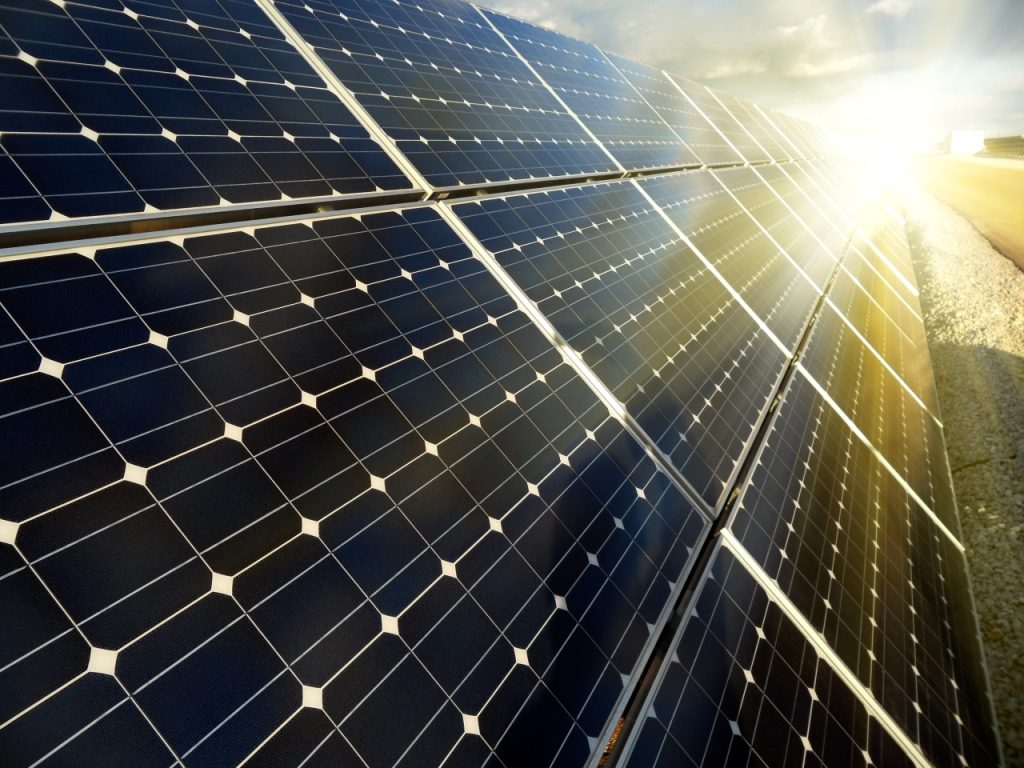
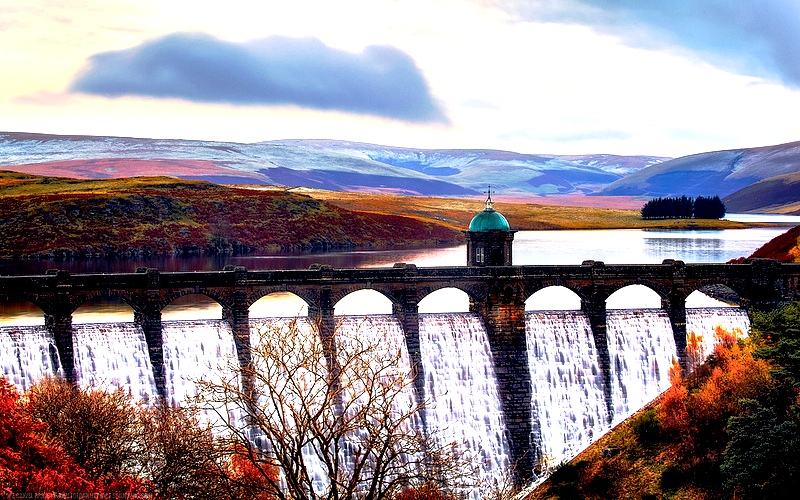


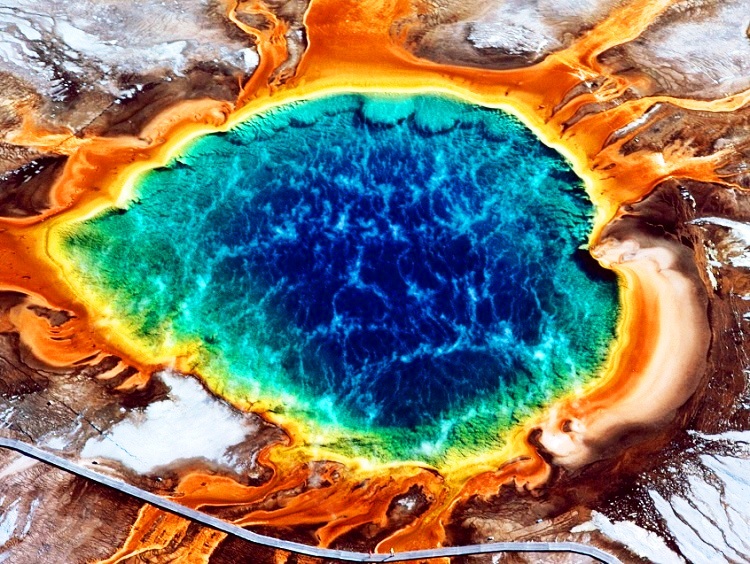
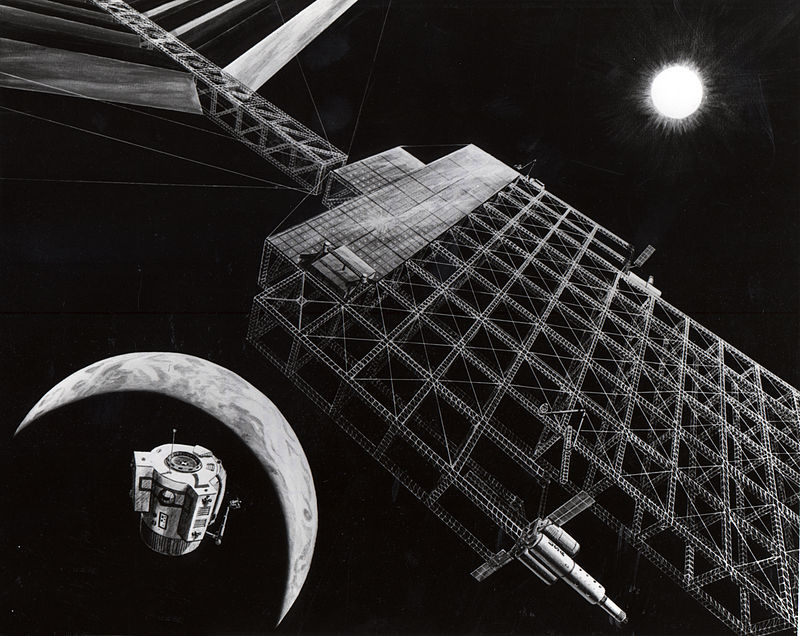



Im hopin you guys are in support n funding the searl magnetic generator technology and QEG technology as well as all other free energy systems being created to replace big corporate control. These key power supply ideas need more funding to bring big change to the world’s power structure.
Blue Energy, Google it!
That is the Future!
if we have Solar Power Satellite, it can gives us unlimited source of energy, but the thing is how can this energy be distributed to the nations? if there are nations that cant be reach of distribution, and how many years will it take to build it? may be a hundred? and for the bonus it may trigger a conflict between nations, just random thoughts sorry for the bad grammar
What a bout tidal, the moon is going anywhere soon ? lagoons and oceans could be utilised twice a day. Worth investigating metinx.
What do you think of the free energy?
http://www.wikistrike.com/2015/03/exclusivite-wikistrike-un-physicien-en-colere-parle-d-energie-libre.html